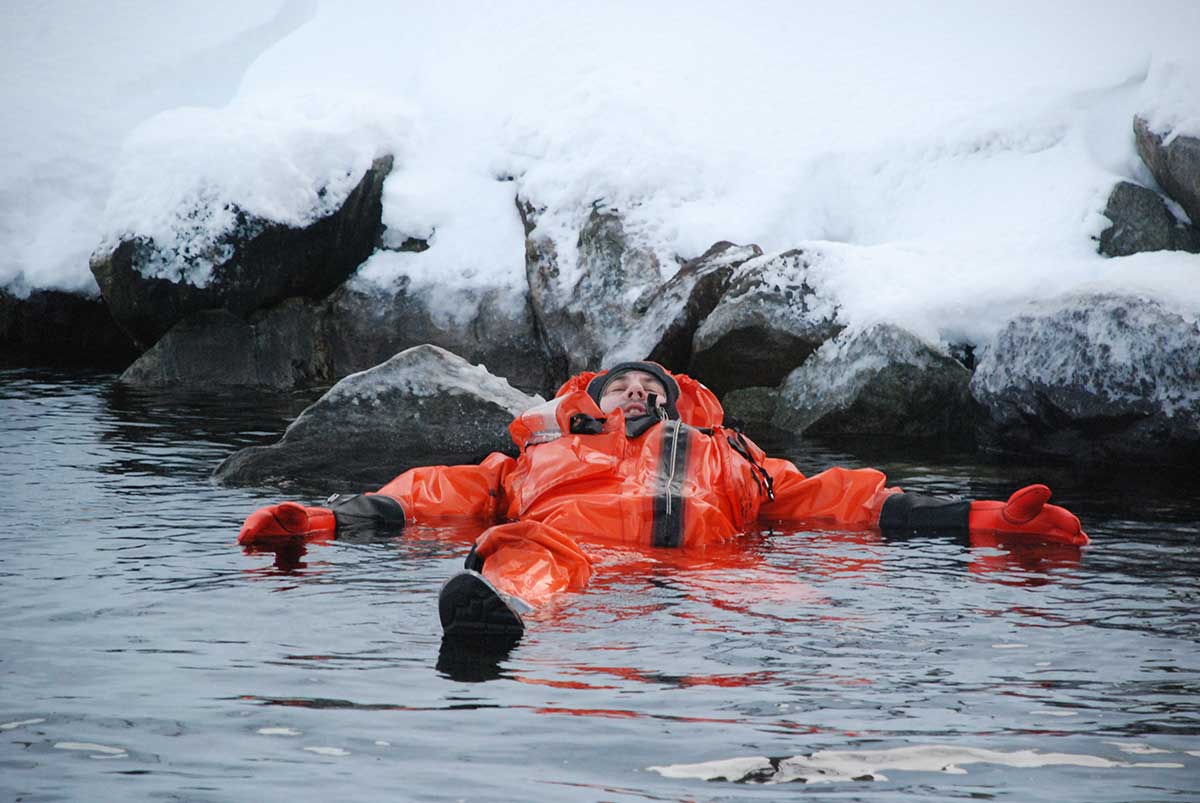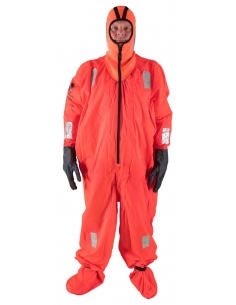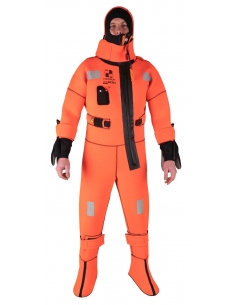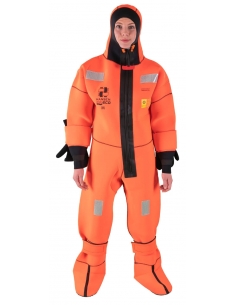- Products
- 4980 views

Passenger safety is ignored
Should a ferry or a cruise ship go down and the passengers end up in the sea, they are commended that they are picked up relatively quickly to survive if the water is cold. The crew, however, who has rescue suits available, is better placed
– Poor safety for passengers on ships
Passengers on ships in Norwegian waters are poorly secured if the vessel must be abandoned and they end up in the sea, says the consulting firm ErgoPro.
It is a dilemma that the ship's crew are equipped with immersion suits with 6 hours thermal protection in cold water, while the passengers in best case have thermal lifejackets, which protects minimally against cold, says Arvid Påsche in ErgoPro. The consulting firm performs tests that form the basis for the certification and approval of maritime rescue equipment. Should a ferry or a cruise ship go down and the passengers end up in the sea, they are commended that they are picked up relatively quickly to survive if the water is cold. The crew, however, who has rescue suits available, is better placed. - The temperature in Norwegian waters is closer to four than fifteen degrees most of the year. The encounter with such cold water can lead to cold shock, cooling and drowning. If the water is below ten degrees, you will freeze in a few minutes, says Påsche.
According to Påsche, the international regulations, the Polar Code, should be expanded to apply to all shipping traffic in Norwegian waters. - The polar code sets requirements for safety equipment on board all types of vessels that travel in polar regions. It is mandatory with both rescue suits and life jackets for crew and passengers. In Norway, there are only requirements for thermal lifejackets for the passengers, he says.
Potential disaster
Torbjørn Svensen in Hansen Protection, one of the world's leading manufacturers of safety equipment at sea, agrees that the regulations should also apply to Norwegian waters. - It is a paradox that there are different rules that apply on either side of the border that define the polar zone. The water is just as cold on both sides, he says. He believes boat passengers rely far too much on safety on board. - People feel safe when traveling with a larger boat or a ship. But even if the passenger vessel has an evacuation system with lifeboats, it is not given that everything goes according to plan if an accident happens, he says. According to Svensen, all ships carrying passengers should be equipped with rescue suits and simple life jackets for everyone on board. - Although a thermal vest provides some protection against cold, one gets as wet. To survive in cold water, it is crucial to stay dry, says Svensen. With a simple rescue suit, a person can stay warm and dry for up to one hour in water that lasts about four degrees.
Passasjerdrakter
"A standard passenger suit can be vacuum packed and takes up little space. Hurtigruten and Torghatten Nord have bought the these suits, but only few passenger ships have such equipment on board. - The crew usually has both an insulated immersion suit and a work suit available, which of course is good. This means that they have a 10 to 20 times greater chance of survival in cold water than the passengers", says Svensen. He hopes the passengers' safety will be prioritized higher in the future, and that immersion suits for all passengers will be a requirement in the future. A boat carrying more than 12 people in addition to crew is defined as a passenger vessel.


 Bokmål
Bokmål English
English


